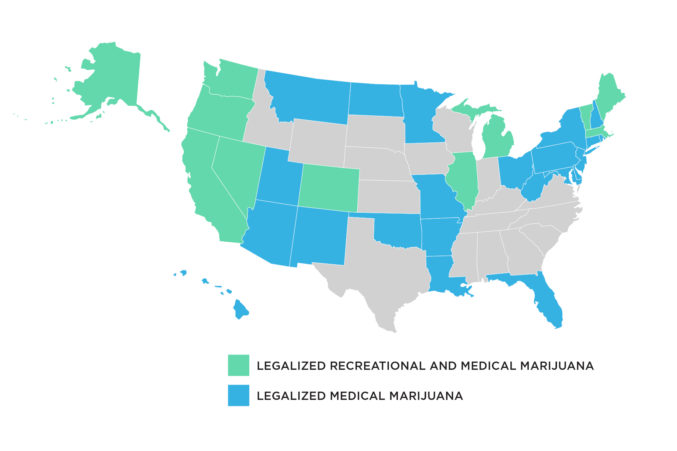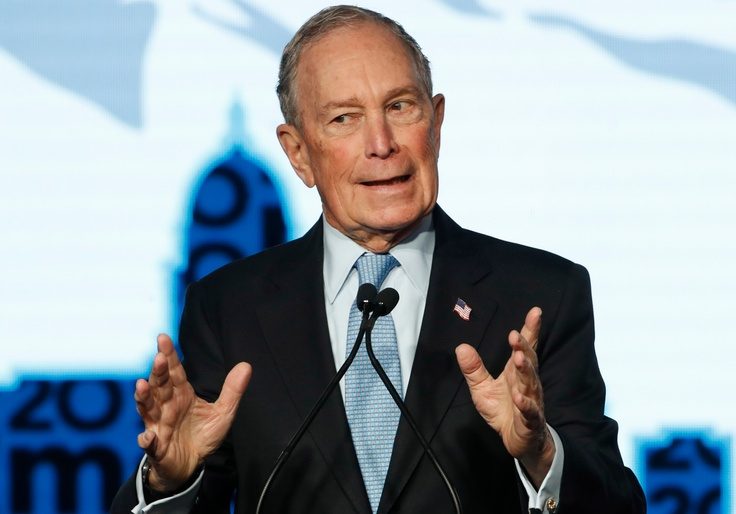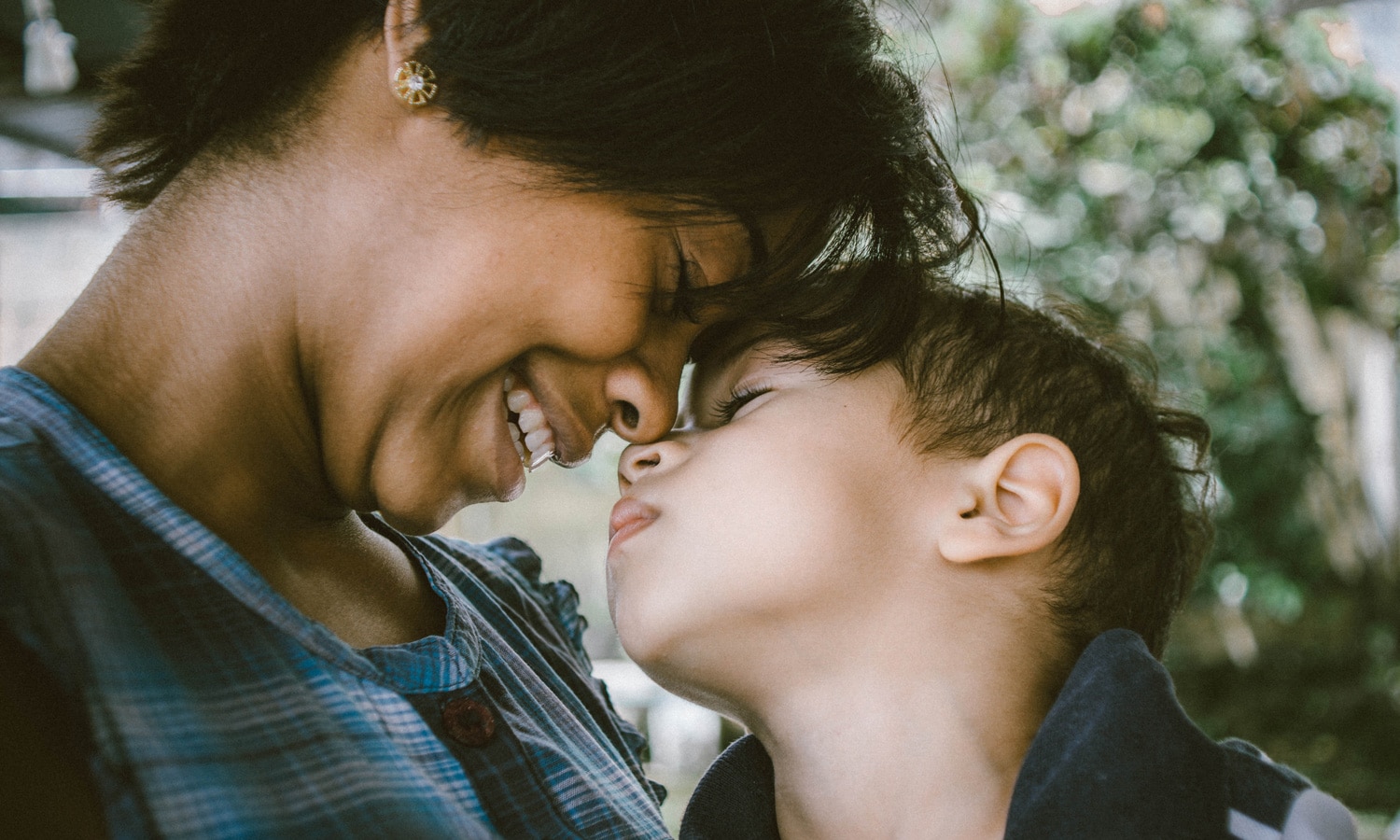Sen. Elizabeth Warren (D-MA) unveiled a plan for federal marijuana
reform on Sunday, calling for legalization as well as a series of
policies aimed at righting the wrongs of the drug war and promoting
involvement in the legal industry by communities harmed by prohibition.
In the “Just and Equitable Cannabis Industry” plan, which Warren’s
campaign shared with Marijuana Moment ahead of a town hall event in
Colorado, the 2020 Democratic presidential candidate
slams the “racist ‘War on Drugs’ policy” perpetuated during the Nixon
administration and the mass incarceration that has followed.
She also introduces noteworthy ideas, such as using her executive
authority to begin the federal legalization process within 100 days of
taking office, respecting the sovereignty of other nations to legalize
marijuana, protecting immigrants who participate in the legal industry,
empowering veterans to access medical cannabis and ensuring that
corporations aren’t able to monopolize the market.
Further, the Warren plan promotes unionization in the marijuana
industry, protecting Indian tribes’ authority to enact their own reform
programs and lifting a current ban so that Washington, D.C. can use its
local monies to implement legal marijuana sales
“Even as the federal government has held fast to its outdated
marijuana policy, states have led the charge in adopting thoughtful,
evidenced-based marijuana policy,” the six-page document says.
“And what
have we learned in the eight years since the first states legalized
marijuana? Legalization works.”
The senator details the progress of the legalization movement and the
economic potential of the industry, and she argues that access to
cannabis has been shown to play a role in mitigating the opioid
epidemic. All that said, she notes that marijuana arrests have continued
to increase nationally—and they continue to be carried out on racially
disproportionate basis—and so comprehensive reform at the federal level
is a goal she is pledging to pursue starting day one if elected
president.
“It’s not justice when we lock up kids caught with an
ounce of pot, while hedge fund managers make millions off of the legal
sale of marijuana. My administration will put an end to that broken
system.”
“Legalizing marijuana is about more than just allowing recreational
use, or the potential medicinal benefit, or the money that can be made
from this new market,” the Warren plan says. “It’s about undoing a
century of racist policy that disproportionately targeted Black and
Latinx communities.
It’s about rebuilding the communities that have
suffered the most harm. And it’s about ensuring that everyone has access
to the opportunities that the new cannabis market provides.”
The plan for marijuana reform.
Warren’s proposal is two-pronged. The first objective is to “address
the disproportionate enforcement of our drug laws.” Here’s how she plans
to accomplish that:
1. Urge Congress to pass comprehensive
marijuana legalization bill such as the Marijuana Opportunity
Reinvestment and Expungement (MORE) Act, which cleared the House Judiciary Committee last year. “We need full legalization, as quickly as possible,” the plan states.
2. Should Congress not follow suit,
Warren says she will use her executive powers to begin the process of
descheduling marijuana within her first 100 days in office. The senator
is promising to appoint heads of the Justice Department, Drug
Enforcement Administration, Food and Drug Administration and Office of
National Drug Control Policy who support legalization and says she will
“direct those agencies to begin the process of delisting marijuana via
the federal rule-making process.” Additionally, Warren is pledging to
reinstate Obama-era guidance directing federal prosecutors to generally
respect local cannabis laws.
3. Expunge prior cannabis convictions.
Again the candidate cites the MORE Act as an ideal vehicle for that
policy change, stating that it would also “prohibit the denial of
federal benefits, such as housing, because of the use or possession of,
or even a past conviction for, marijuana.”
4. Ensure that immigrants are not
penalized over marijuana convictions or participation in a state-legal
cannabis market. That’s “because any equitable and just cannabis economy
must also include immigrant communities,” she says, slamming a Trump
administration move declaring that those who use cannabis do not have the “good moral character” needed for citizenship.
5. Encourage the U.S. Department of
Veterans Affairs (VA) to research the therapeutic potential of cannabis
for service members and allow VA doctors to recommend medical marijuana
to veterans. She is also pledging to end a current policy that blocks
veterans from getting home loans “for no reason other than being employed in their state’s legal marijuana industry“—an issue she recently filed Senate legislation on.
6. Deschedule cannabis to promote
“serious research into the potential benefits and drawbacks of medical
marijuana [that’s been] largely blocked by outdated federal laws and
policies”and allocate funds for such studies.
7. Lift the appropriations ban that
prohibits Washington, D.C. from using its local tax dollars to implement
a regulated cannabis market. While there’s been widespread interest in
removing the congressional rider at issue, eliminating the policy hasn’t
received much attention on the presidential stage until now. Warren
says she will “encourage the District to develop a legal market that
includes impacted communities and fulfills the racial justice goals of
the original referendum” that voters approved in 2014.
8. Warren says she will “streamline and
remove unnecessary administrative barriers that impede economic growth
on Tribal lands, respect tribal jurisdiction over tribal businesses, and
promote forward-looking efforts to ensure full access to new and
emerging economic opportunities, including in the cannabis industry.“
9. Respect the sovereignty of other
nations that opt to legalize marijuana. The senator promises she will
“support the legalization of marijuana in any nation that wishes to do
so and fully support our neighbors exercising their sovereignty when it
comes to their internal drug policy.”
She further says that U.S.
officials need to “recognize the role our War on Drugs has had in
destabilizing Latin America – a root cause of migration to the United
States.”
Warren’s second broad objective as described in the plan is to
“prioritize opportunities in the cannabis industry for communities of
color and others who were harmed by the failed policies of the past.”
That will involve:
1. Working to support unions, including
those representing cannabis workers, to enhance collective bargaining
rights. “As president, I will safeguard the organizing rights of working
people and make it easier for unions to secure contracts and assert
their rights in the cannabis industry,” Warren says. Sen. Bernie Sanders
(I-VT), another 2020 candidate, also raised this issue last month, imploring employees at a major marijuana business in Illinois to vote in favor of unionization.
2. Freeing up banks and financial
institutions to service cannabis businesses. Additionally, Warren says
she will direct her administration “to investigate discrimination in
cannabis-related capital lending that prevents many aspiring
entrepreneurs of color from securing needed loans.”
3. Promoting participation in the legal
industry by minorities and women—something that Warren says the MORE Act
would accomplish. She also says she would “mitigate the high permitting
and licensing fees that prevent many aspiring entrepreneurs of color
from starting a cannabis business.”
4. Preventing large corporations from
overtaking the marijuana industry and working to “protect consumers by
closely regulating the safety and marketing of marijuana products.”
Like Sanders,
Warren points specifically at tobacco companies as examples of
businesses that shouldn’t be able to enter the market. “We’ll make sure
Big Tobacco can’t muscle in on the fledgling marijuana industry,” she
says, adding that her administration will “use anti-trust laws and
federal oversight to prevent consolidation in the cannabis industry that
drives up prices, restricts new businesses from entering the markets,
and lowers quality.”
5. Allowing individuals with prior drug
convictions to participate in the marijuana and hemp industries. “I will
remove collateral sanctions associated with federal convictions for
activity that is no longer criminalized and encourage states to do the
same,” the senator says.
“For four decades, we’ve subscribed to a ‘War on Drugs’ theory of
crime, which has criminalized addiction, ripped apart families—and
failed to curb drug use,” the plan states.
“Legalizing marijuana and
erasing past convictions won’t fully end the War on Drugs or address its
painful legacy, but it’s a needed step in the right direction.”
“As we move to harness the economic
potential of a legalized cannabis industry, we must ensure that the
communities that were harmed by the War on Drugs—disproportionately
communities of color—are fully included in the opportunity and
prosperity that legalization will create. I support investing federal
and state revenue from the cannabis industry into communities that have
been disproportionately impacted by enforcement of our existing
marijuana laws.
“Legalizing marijuana gives us an
opportunity to repair some of the damage caused by our current criminal
justice system, to invest in the communities that have suffered the most
harm, and to ensure that everyone can participate in the growing
cannabis industry. We have an opportunity now to get this right, and
I’ll fight to make that happen.”
Warren also calls out former House Speaker John Boehner (R-OH) in her
proposal, stating that the country “cannot allow affluent and
predominantly white hedge-funders and capital investors to hoard the
profits from the same behavior that led to the incarceration of
generations of Black and Latino youth.”
“Boehner, who declared that he was ‘unalterably opposed’ to
legalization while in Congress, now profits handsomely as a lobbyist for
legalization even as others continue to live with the consequences of a
prohibition he defended,” she points out, referencing the former
speaker’s role as a board member at the cannabis firm Acreage Holdings.
While Warren’s plan repeatedly cites the need to broadly address the
harms of the broader drug war, her proposals are exclusively focused on
cannabis policy changes. While she and Sanders have been strong
champions of marijuana reform, drug policy advocates have emphasized the
need to expand reform to other illicit substances, as former South Bend, Indiana Mayor Pete Buttigieg and Rep. Tulsi Gabbard (D-HI) have by proposing decriminalization and legalization of all illegal drugs, respectively.
In terms of her marijuana reform agenda, however, experts who spoke
to Marijuana Moment recently have indicated that Warren’s 100-day plan
would probably be legally and practically more realistic that Sanders’s most recent proposal to use an executive order to legalize marijuana in all 50 states on day one of his presidency.
While Sanders initially proposed something similar to Warren—appointing
key officials within his administration who would pursue legalization
during his first 100 days in office—he shifted gears last month and
pledged to deschedule cannabis on his first day in the White House.
Last year, Warren laid out a criminal justice reform plan that called for marijuana reform, as well as the legalization of safe injection sites where individuals could use illicit substances under medical supervision—a move also backed by Sanders.
Warren and Sanders might have differing approaches to marijuana
legalization, but what’s clear is they stand in stark contrast to former New York City Mayor Mike Bloomberg and former Vice President Joe Biden, both of whom are the only contenders in the Democratic race who remain opposed to ending cannabis prohibition.








